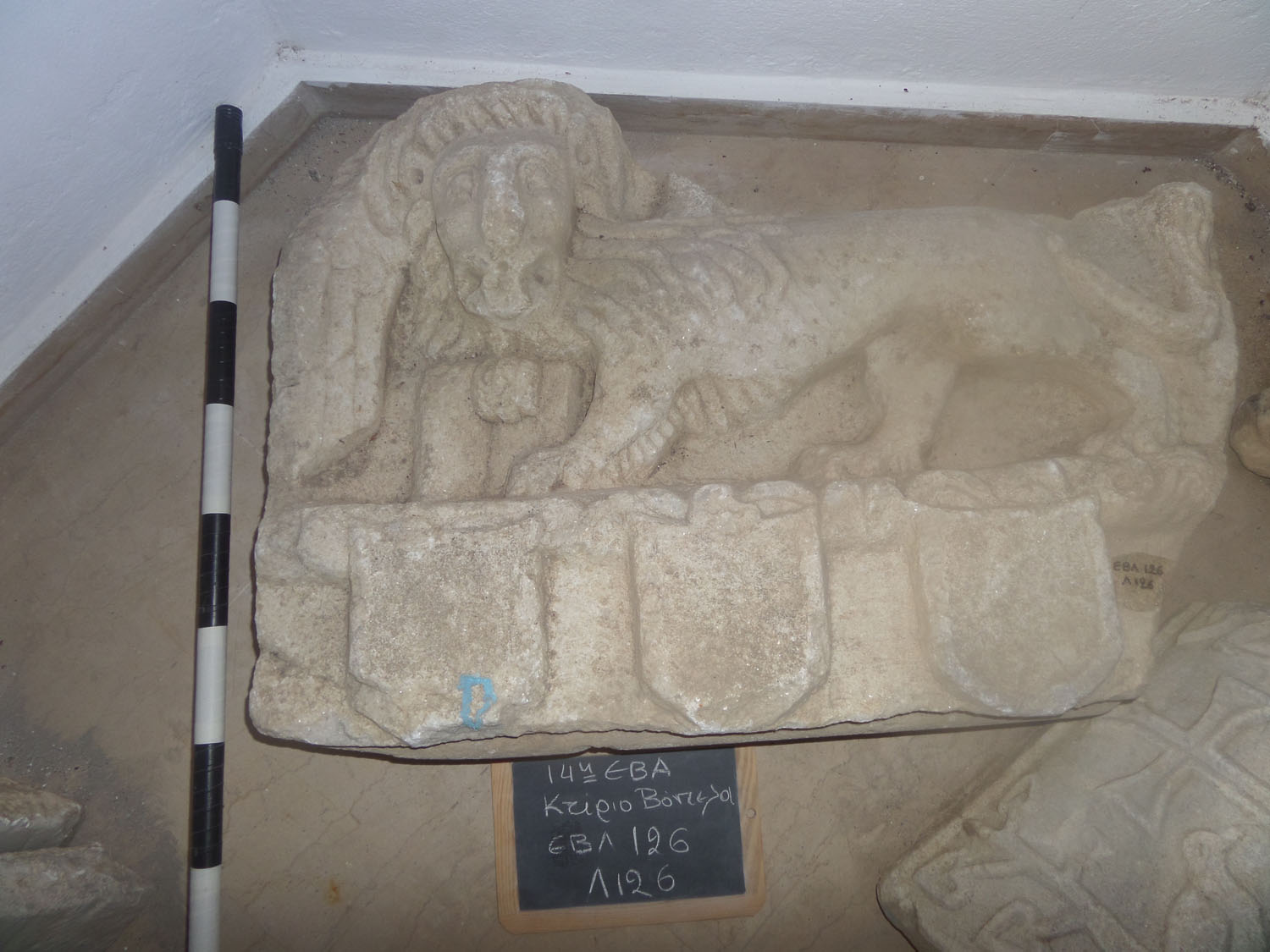Period of Alternating Rule 1453-1479: Gattilusi – Venetians – Ottomans
Alternating Rule
From the breakup of the Byzantine Empire in 1453 and until 1479, when the long Ottoman domination of Lemnos commenced, rule of the island alternated between the Gattilusi 1453-1456, the Venetians 1457-1459 / 1463-1479 and the Ottomans 1459-1463.

Domination of the Gattilusi
The Fall of Constantinople in 1453 spelt the end of the Byzantine Empire, which had lasted for over 1,000 years. Many inhabitants of Lemnos, afraid of the consequences, abandoned the island. The historian Kritovoulos, in an effort to stem the tide of migration of the locals, persuaded the inhabitants to remain, mediated with Mohamed II and succeeded in getting him to agree to the whole of Lemnos passing to the authority of the Gattilusi of Lesbos, on condition that they paid tribute to the Turks. Niccolo Gattiluso, brother of the lord of Lesbos Domenico, was appointed Despot of Lemnos. However, Niccolo’s harsh administration and the heavy taxation forced the Lemnians to send secret emissaries to Mohamed II, requesting the dispatch of a Turkish governor to replace Niccolo. The Ottomans, losing no time in seizing the opportunity to put the island under their yoke, immediately sent as governor Hamsa Bey, in May 1456.
Second Period of Venetian Rule
The Venetians had agreed to participate in the Crusade that Pope Callistus III hoped to mobilize in order to liberate the lands of the Byzantine Empire from the Turks. They were intent on establishing a foothold once again in the northeast Aegean and expelling the Genoese. In 1457 the Crusader fleet, headed by Ludovico Scarabi, sailed to Lemnos, besieged the castle of Myrina and captured it without difficulty, because the Turkish commander Murad, with only 100 soldiers at his disposal, considered resistance pointless and preferred to surrender. The island, apart from castle of Kotsinas and the surrounding area (which had come into the hands of the Gattilusi after the death of the widow of John VII Palaiologos) passed to the Venetians, who appointed as overlord the Lemnian Georgios Palaiologos-Komnenos Dromokaites (or Dromokates).
The Venetians could not have captured Lemnos, or at least not so easily, without the catalytic input of this distinguished Lemnian. Dromokaitis was the scion of a great Byzantine family with considerable influence over the islanders. He had made a clandestine deal with the Venetians to help them to capture Lemnos, in exchange for the governance of the island. With the assent of the inhabitants, he and the menfolk had captured the other castles on Lemnos and had prepared the way for the advent of the Venetians.

First Period of Ottoman Rule
In 1459the historian Kritovoulos, having realized from the development of events that the Turks would attack Lemnos by the end of the year, persuaded the Lemnians to agree to hand over the island’s rule to the Ottomans, so as to avoid disaster. He proposed as governor Demetrios Palaiologos, brother of the last emperor of Byzantium. With the agreement and assistance of the inhabitants, Kritovoulos drove out the Venetian garrisons from the other castles and then laid siege to the castle of Myrina. Although the beleaguered Venetian garrison commander Micheli was planning to resist, when faced with the superiority of Kritovoulos’ military forces he was forced to capitulate and to surrender the castle for a large reward. That was how Lemnos, with overlord Demetrios Palaiologos, whose seat was at Ainos in East Thrace, became a vassal of the Ottoman State until 1463.

